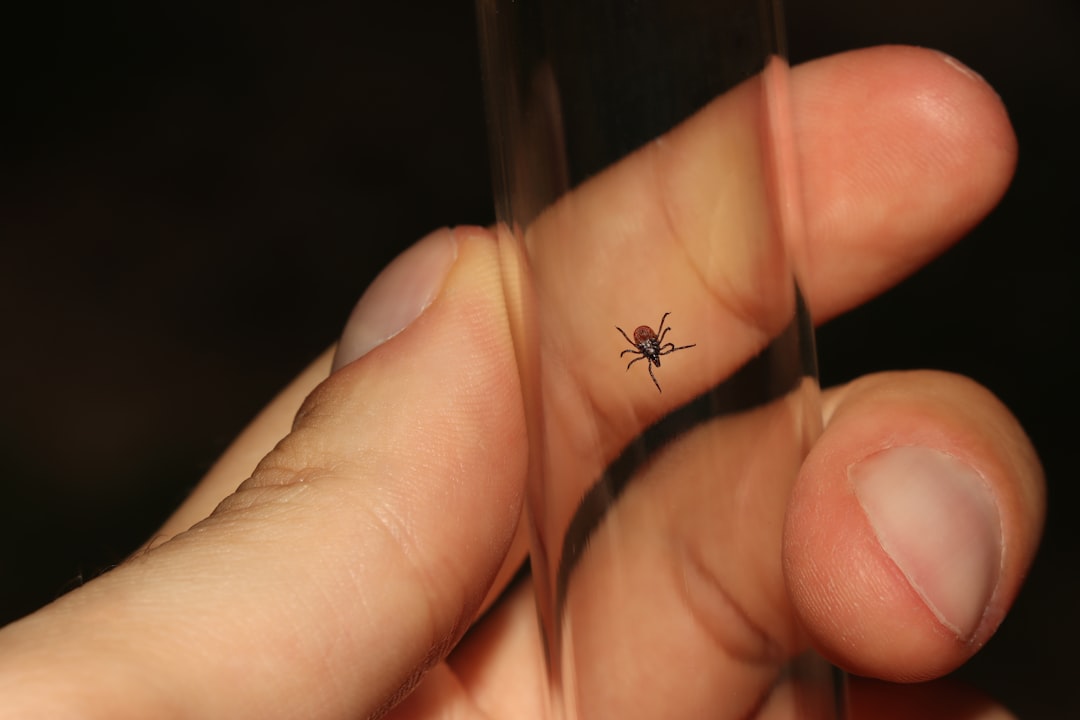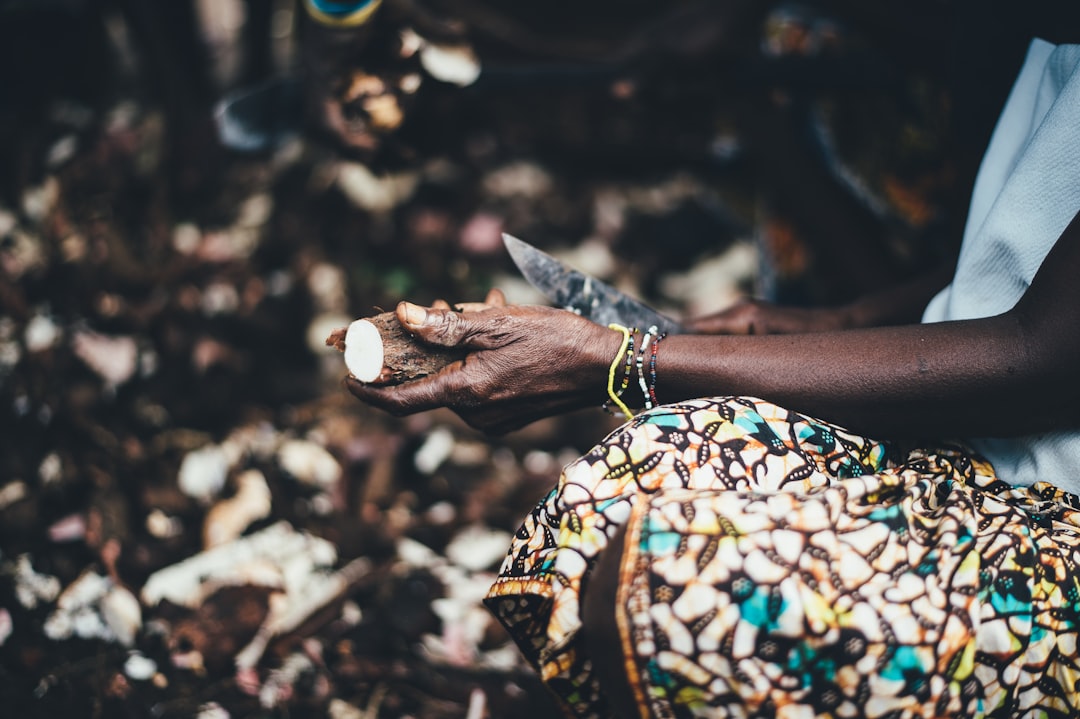What is it about?
Tomato (Solanum lycopersicum L.) roots from four different crop sites in Colombia were surface sterilized and 51 fungal isolates were obtained and conserved for further analysis. Based on microscopical observations and growth characteristics, 20 fungal isolates corresponded to genus Fusarium, six presented asexual conidia different from Fusarium, eight were sterile mycelia, seven of which had dark septate hyphae and 17 did not continue to grow on plates after being recovered from conservation. Growth on different media, detailed morphological characterization and ITS region sequencing of the six sporulating and eight sterile isolates revealed that they belonged to different orders of Ascomycota and that the sterile dark septate endophytes did not correspond to the well known Phialocephala group. Interactions of nine isolates with tomato plantlets were assessed in vitro. No effect on shoot development was revealed, but three isolates caused brown spots in roots. Colonization patterns as analyzed by confocal microscopy differed among the isolates and ranged from epidermal to cortical penetration. Altogether 11 new isolates from root endophytic fungi were obtained, seven of which showed features of dark septate endophytes. Four known morphotypes were represented by five isolates, while six isolates belonged to five morphotypes of putative new unknown species.
Featured Image
Why is it important?
Native root endophytes were isolated from healthy tomato plants. They are new isolates that can be further characterized for evaluating their contribution to plant nutrition or health. Moreover, different patterns of colonization according to the fungal isolate were detected for the same host plant. Therefore, it is important to estimate until what extent is the plant or the fungus responsible for regulating root colonization without causing disease symptoms in the plant.
Read the Original
This page is a summary of: Colonization of roots of cultivated Solanum lycopersicum by dark septate and other ascomycetous endophytes, Mycologia, July 2011, Taylor & Francis,
DOI: 10.3852/10-329.
You can read the full text:
Contributors
The following have contributed to this page










